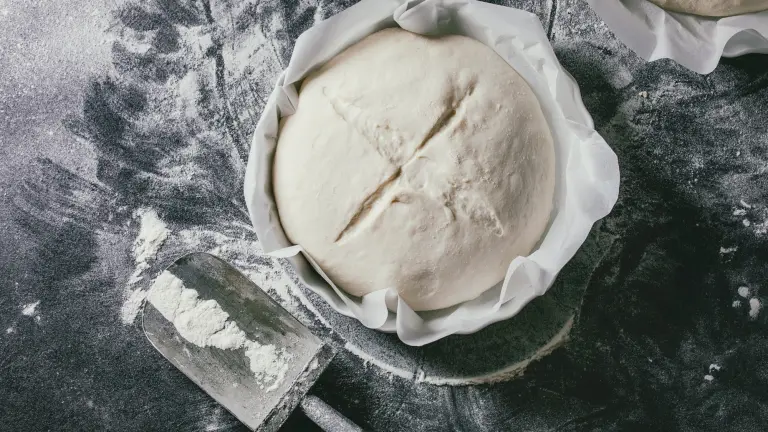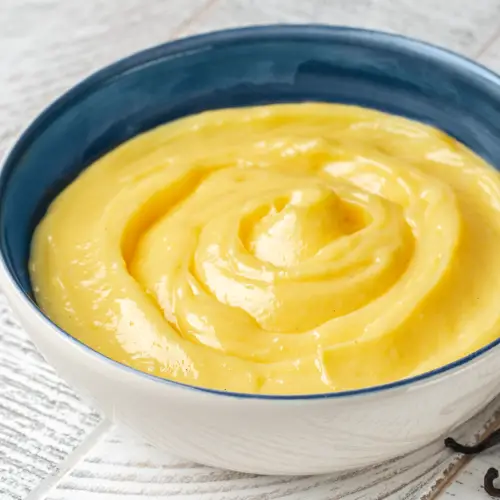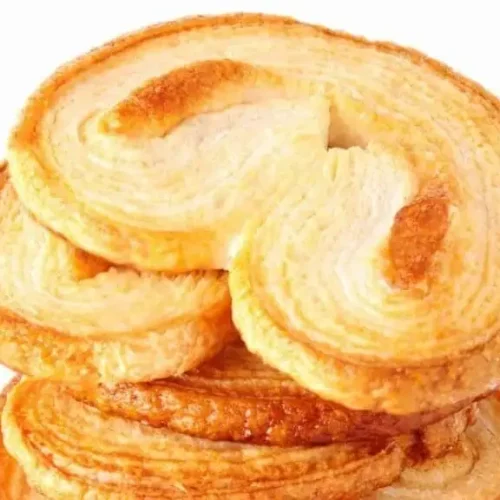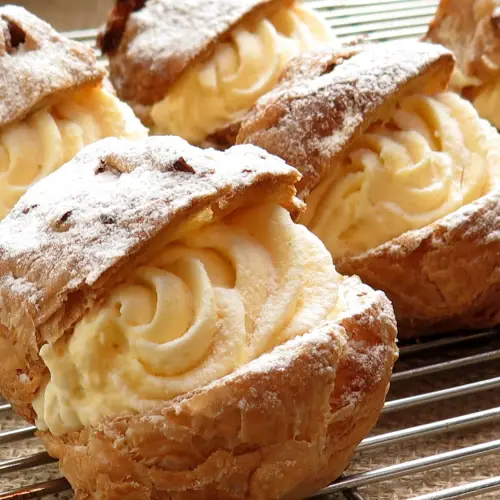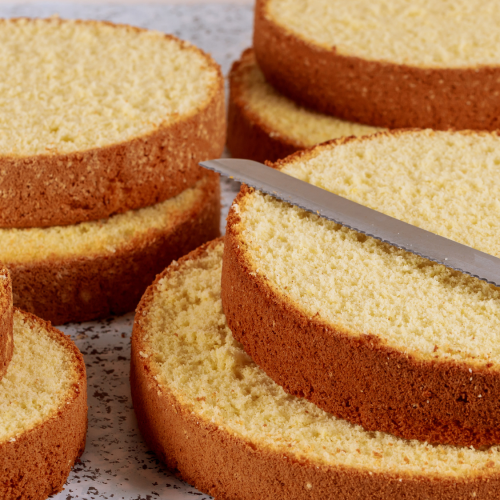Choosing the right starter: why it matters
Selecting the right starter is one of the most important steps for achieving high-quality baked goods. Whether you are preparing bread, pizza, or traditional holiday bakes like panettone and pandoro, the type of starter you use will strongly influence the texture, flavor, and digestibility of the final product.
In this guide, we compare the four most popular options in bread and pastry making: fresh yeast, sourdough starter, Licoli, and biga. You will discover their main features, strengths and weaknesses, and—most importantly—when to use them in pastries and when they are better suited for bread and pizza.
table of contents
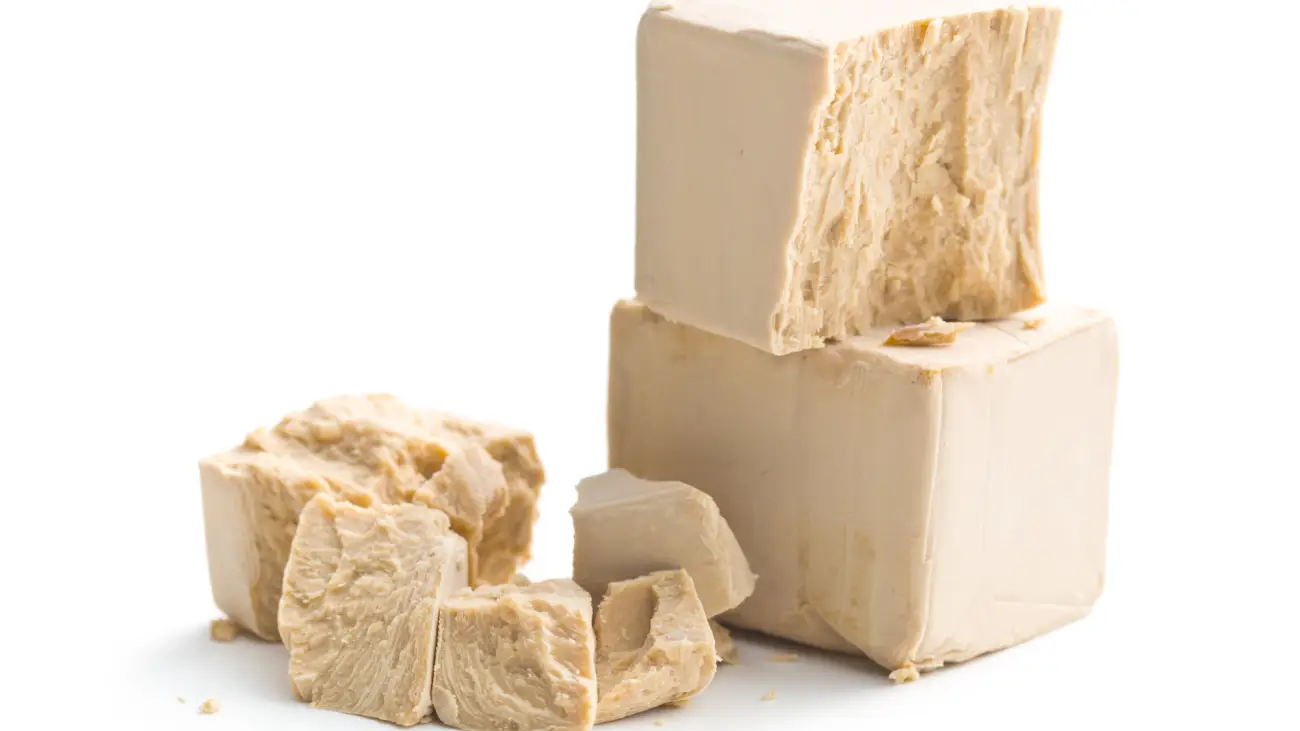
Fresh Yeast
Fresh yeast (Saccharomyces cerevisiae) is today the most common starter for homemade bread and pastries.
It works quickly and consistently: alcoholic fermentation transforms sugars into carbon dioxide and ethanol, ensuring a predictable and steady rise.
The fresh format (25 g cubes) is the most popular, while the active dry or instant version offers longer shelf life.
The main difference compared to natural starters lies in the flavor profile: fresh yeast develops simple, short-lived aromas, giving the product a more neutral taste.
Fermentation speed can be adjusted by changing the dosage and timing: using less yeast and extending proofing time allows you to achieve lighter and more flavorful breads and pastries.
Use in bread and pizza
Fresh yeast is ideal for direct doughs, which do not require preferments.
It makes it possible to prepare homemade bread, Neapolitan pizza, or sheet-pan pizza in just 2–4 hours overall.
In professional baking, reducing the yeast dose (e.g., 1–2 g per kg of flour) and extending fermentation improves the crumb structure and reduces the yeasty aftertaste.
For more details, read this guide:
How much yeast to use for 1 kg of flour.
Use in pastry
In pastry making, fresh yeast is used for quick-rise desserts such as baba, doughnuts, and similar sweet breads.
Its strength lies in reliability and in its ability to give structure even to rich doughs, though without reaching the aromatic complexity of sourdough.
It is especially recommended for daily production where fast timing and consistent results are needed.
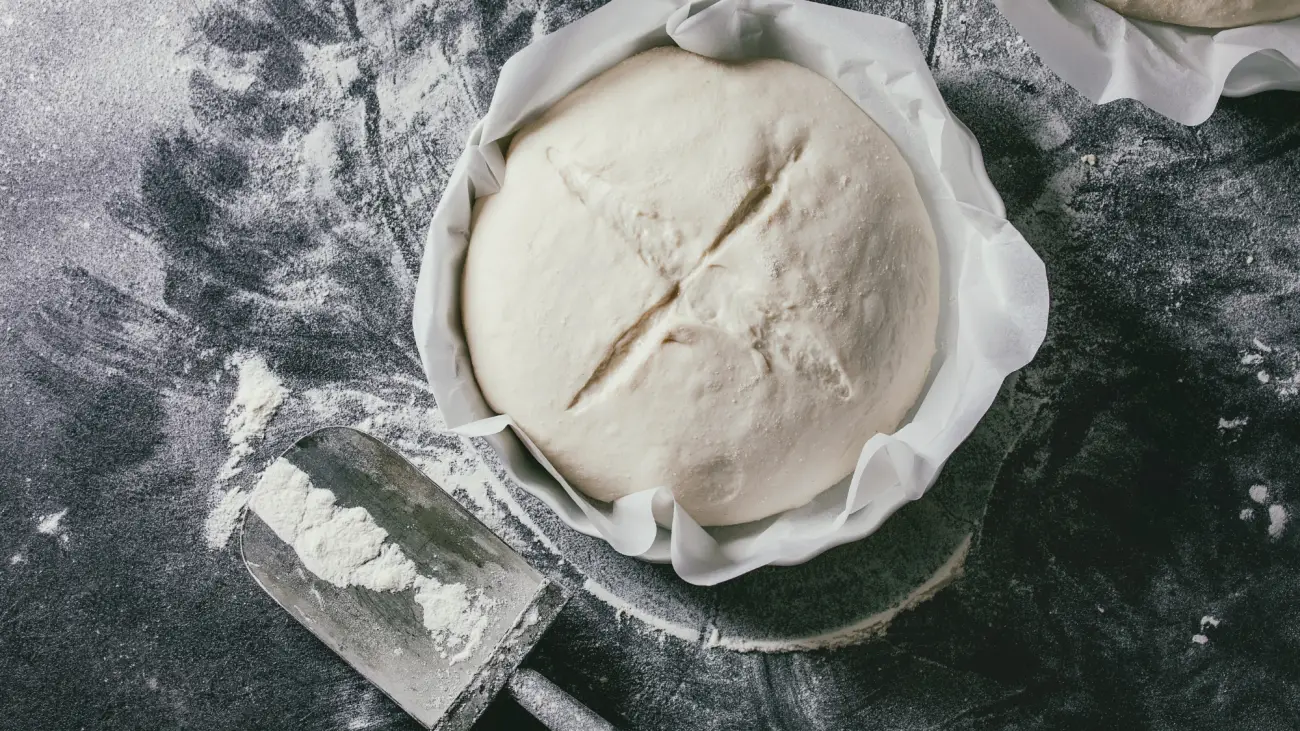
Sourdough Starter
The sourdough starter is a stable culture of yeasts and lactic acid bacteria working in synergy.
Unlike fresh yeast, sourdough also develops lactic and acetic fermentation alongside alcoholic fermentation.
This results in complex aromas, longer shelf life, and improved digestibility.
Managing sourdough requires a balance between acidity and fermentation strength:
if too acidic, it weakens dough development; if too weak, it cannot provide the necessary rise.
For this reason, regular feedings and proper storage are essential to keep the microflora alive and stable.
Use in bread and pizza
Sourdough starter is perfect for rustic loaves, whole-grain breads, or recipes requiring long fermentation.
Thanks to its balanced acidity, it slows down staling and keeps the crumb soft for longer.
Compared to fresh yeast, it requires stronger flours (W ≥ 300) and longer fermentation times (12–24 hours).
Use in pastry
Sourdough is indispensable for traditional Italian holiday bakes:
panettone,
pandoro, and
colomba.
Here, its role goes beyond fermentation: it balances aromas, sweetness, and softness, making these products unique.
If you want to learn how to create it from scratch, read this guide:
How to make sourdough starter.
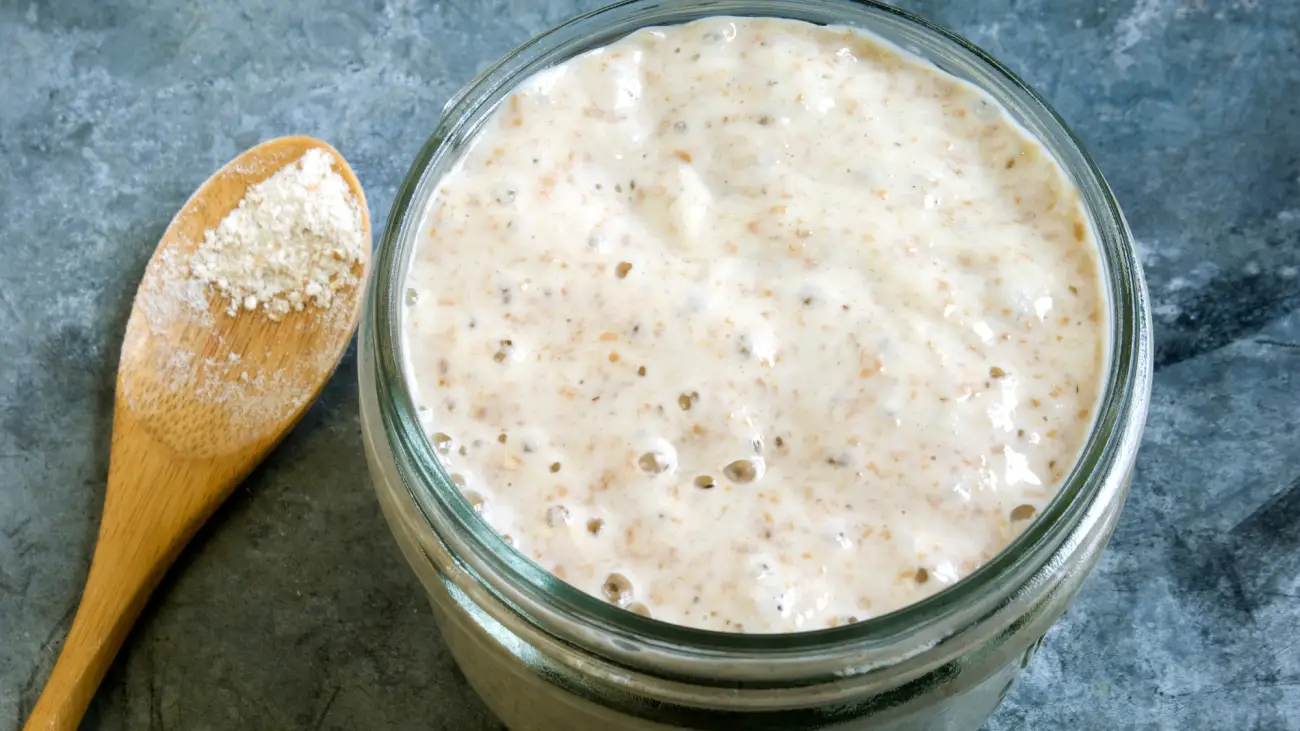
Levain (Liquid Sourdough Starter)
Levain is a sourdough starter kept in liquid form, at 100% hydration.
This method makes the microbial flora more selective and simplifies maintenance: it requires fewer feedings and the fermentation activity is generally more vigorous.
Compared to a stiff sourdough, Levain develops milder acidity and slightly less complex aromas,
but it guarantees good leavening power and faster fermentation times.
It is highly appreciated for its practicality—perfect for those who cannot refresh the starter daily.
Use in bread and pizza
Levain is ideal for sheet-pan pizzas, focaccias, and homemade breads where an open and light crumb is desired.
Its liquid consistency makes it easy to incorporate into dough and less prone to acid imbalances.
For more details, see:
What is Levain |
Levain recipe.
Use in pastry
In pastry making, Levain is perfect for brioche, croissants, and sweet focaccias.
It offers a balance between the complexity of sourdough and the practicality of fresh yeast,
allowing for fragrant results even with less demanding maintenance.
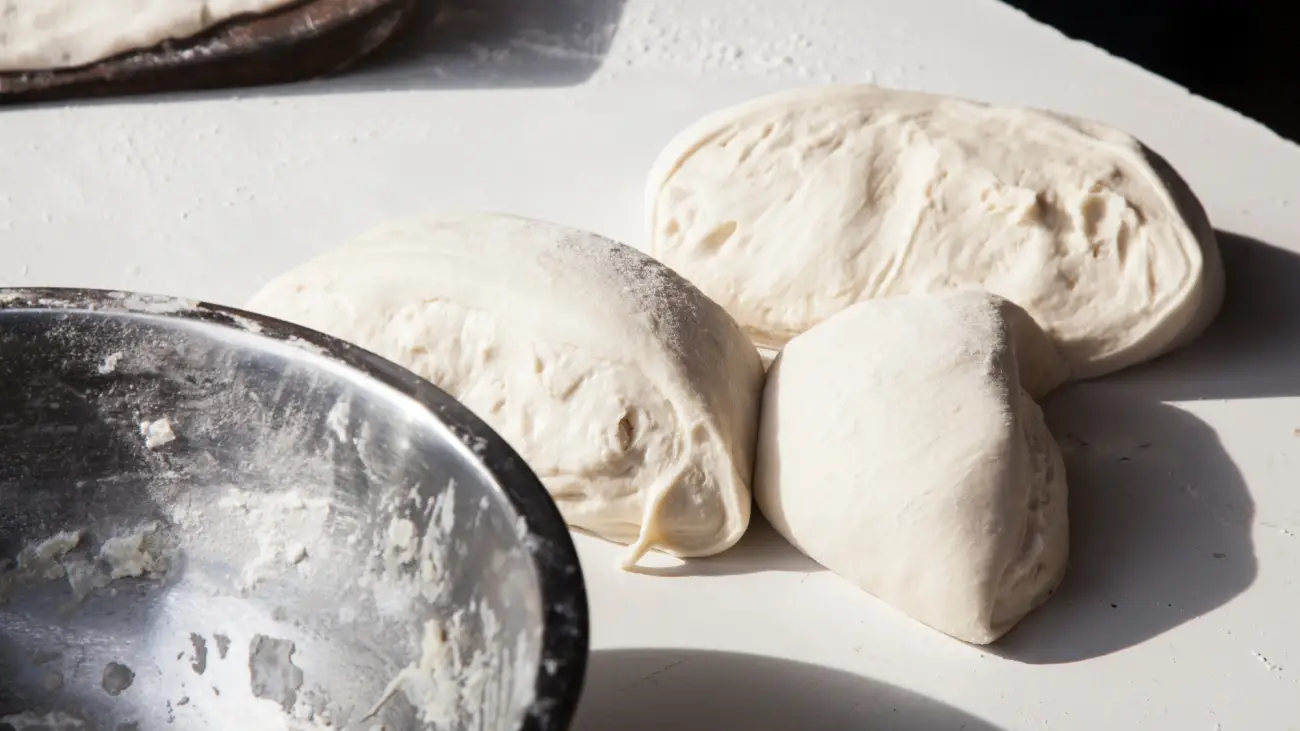
Biga
Biga is a stiff preferment made with strong flour, water, and a small amount of fresh yeast
(0.5–1% of the flour weight).
It ferments for 16–20 hours at 65–68°F (18–20°C).
These parameters are crucial: weak flour or excessive fermentation time will lead to a collapsed biga,
while temperatures that are too high accelerate fermentation and compromise both flavor and structure.
The result is a preferment that enriches the final product with buttery, lactic aromas typical of long fermentations,
and improves crumb structure, flavor, and digestibility.
Biga is widely used in modern Italian bakeries and represents one of the strongest foundations of artisan bread making.
Use in bread and pizza
Biga makes it possible to bake breads and pizzas with a thin, crunchy crust and light, fragrant crumb.
It is also used to enhance doughs that would otherwise be bland if made only with fresh yeast.
Learn more in this guide:
Biga and Poolish.
Use in pastry
In pastry making, biga is used as a base for some modern panettone and sweet focaccias,
where it offers a compromise between aromatic complexity and ease of management.
Compared to sourdough, it produces less complex but softer and more balanced aromas.
Starters Comparison
| Feature | Fresh Yeast | Sourdough Starter | Levain (Liquid Starter) | Biga |
|---|---|---|---|---|
| Fermentation | Only yeasts (Saccharomyces cerevisiae) | Yeasts + lactic acid bacteria (LAB) | Yeasts + LAB (milder acidity) | Mainly yeasts (with light lactic activity) |
| Typical hydration | Final dough 55–65% | 50% (firm) | 100% (liquid) | 45–50% (stiff) |
| Recommended flour (W) | Medium-low (W 220–280) | Strong (W ≥ 300) | Medium/strong (W 280–320) | Strong (W 300–360) |
| Ideal pH | ~5.5 | 4.1–4.5 | 4.2–4.8 | ~5.0 |
| Fermentation time | 2–4 hours | 12–24 hours (with feedings) | 6–12 hours | 16–20 hours at 65–68°F |
| Aromas | Neutral, light alcoholic | Complex, tangy | Delicate, fresh | Lactic, buttery |
| Difficulty | Very easy | Demanding | Medium | Medium |
| Use in bread/pizza | Quick breads and pizzas | Rustic breads, whole grain | Focaccia, sheet-pan pizza | Crunchy bread, structured pizza |
| Use in pastry | Baba, doughnuts, quick sweet breads | Panettone, pandoro, colomba | Brioche, croissants, sweet focaccia | Modern panettone, sweet focaccia |
Fresh Yeast
Only yeasts (Saccharomyces cerevisiae)
Final dough 55–65%
Medium-low (W 220–280)
~5.5
2–4 hours
Neutral, light alcoholic
Very easy
Quick breads and pizzas
Baba, doughnuts, quick sweet breads
Sourdough Starter
Yeasts + lactic acid bacteria (LAB)
50% (firm)
Strong (W ≥ 300)
4.1–4.5
12–24 hours (with feedings)
Complex, tangy
Demanding
Rustic breads, whole grain
Panettone, pandoro, colomba
Levain (Liquid Starter)
Yeasts + LAB (milder acidity)
100% (liquid)
Medium/strong (W 280–320)
4.2–4.8
6–12 hours
Delicate, fresh
Medium
Focaccia, sheet-pan pizza
Brioche, croissants, sweet focaccia
Biga
Mainly yeasts (with light lactic activity)
45–50% (stiff)
Strong (W 300–360)
~5.0
16–20 hours at 65–68°F
Lactic, buttery
Medium
Crunchy bread, structured pizza
Modern panettone, sweet focaccia
Fermentation Times Compared
Fresh Yeast
2–4 hDirect doughs for quick breads and pizzas; quick-rise desserts (baba, doughnuts, ring cakes).
Tip: use a smaller amount of yeast and extend fermentation to improve aroma and lightness.
Levain (Liquid Sourdough)
6–12 hGreat for sheet-pan pizza, focaccia and breads with a light, open crumb; in pastry for brioche and sweet focaccias.
Practical maintenance, milder acidity, lively rise; fewer feedings than stiff sourdough.
Biga
16–20 hStiff preferment that boosts aroma and structure: crunchy-crust bread, well-supported pizza; in pastry, sweet focaccias and modern panettone.
Ideal temperature 65–68°F (18–20°C); strong flour recommended (W 300–360).
Sourdough Starter (stiff)
12–24 hFor long-fermented breads and Italian holiday bakes (panettone, pandoro, colomba): complex aromas and better shelf life.
Requires regular feedings and acidity control; strong flour needed (W ≥ 300).
Quick Guide to Choosing the Right Yeast for Bread and Pastries
Fresh Yeast
FastMonoculture yeast (S. cerevisiae), available fresh or dry. Quick fermentation with a more neutral flavor than natural starters.
- Short times, predictable results
- Simple, stable management
- Less complex aromas
- Shorter shelf life
Sourdough Starter (stiff)
AromaticStable culture of yeasts and lactic acid bacteria. Slower fermentation, complex flavors, improved digestibility and shelf life.
- Rich, deep aromas
- Better softness and shelf life
- Needs regular feedings and acidity control
- Longer times, strong flours
Great for rustic loaves, whole grain breads, and long fermentation.
Levain (Liquid Starter)
Practical100% hydration sourdough. Requires fewer feedings, offers lively fermentation and mild acidity with delicate aromas.
- Easy, flexible management
- Open crumb and light texture
- Less intense aromas than stiff sourdough
Balanced choice for brioche and sweet focaccias (easy maintenance, fragrant results).
Biga
StructuredStiff preferment (45–50% water) with a small dose of fresh yeast, fermented 16–20h at ~65–68°F. Boosts buttery/lactic aromas and structure, improving crumb and tolerance.
- Richer flavors than direct doughs
- More strength and structure
- Requires strong flour and careful timing/temperature control
Excellent choice for structured pizzas and flavorful bread.
Good base for sweet focaccias and some modern panettoni.
Frequently Asked Questions about Sourdough, Fresh Yeast, Levain, and Biga
The sourdough starter is a stiff culture of yeasts and lactic acid bacteria,
typically maintained at 50% hydration, used for long-fermented breads and traditional Italian holiday bakes.
Levain, on the other hand, is kept liquid at 100% hydration:
it requires fewer feedings, develops milder acidity, and is easier to handle for everyday baking.
Not always. Fresh yeast provides fast and predictable fermentation, while sourdough
requires longer times and strong flours.
You can adapt recipes, but you need to recalculate hydration, fermentation times, and adjust the flavor profile.
If you want to experiment, start with breads from the guide How to Make Bread.
Yes. Levain needs fewer refreshments and is more forgiving with daily schedules.
Its milder acidity makes it ideal for focaccia, pizza, and homemade breads.
Compared to the stiff sourdough starter, it produces slightly less complex aromas but is much more practical for beginners.
Biga is a stiff preferment made with flour, water, and a small amount of fresh yeast.
It ferments slowly (16–20h) and enriches breads and pizzas with lactic, buttery aromas,
giving them a crisp crust and light, open crumb.
It’s widely used in modern Italian bakeries because it combines strength, flavor, and digestibility.
For Italian holiday bakes, only sourdough starter can ensure the right balance of aromas,
softness, and shelf life.
Fresh yeast or Biga can be used in “modern” versions, but for authentic panettone,
pandoro, or
colomba, sourdough is essential.
The amount of yeast depends on the type of leavening.
For fresh yeast, 1–2 g per kg of flour is enough for long fermentation; for quick breads, higher amounts are common.
For sourdough starter and Levain,
recipes usually indicate a percentage of starter relative to flour weight (often 15–30%).
For more details, check the guide: How much sourdough to use.
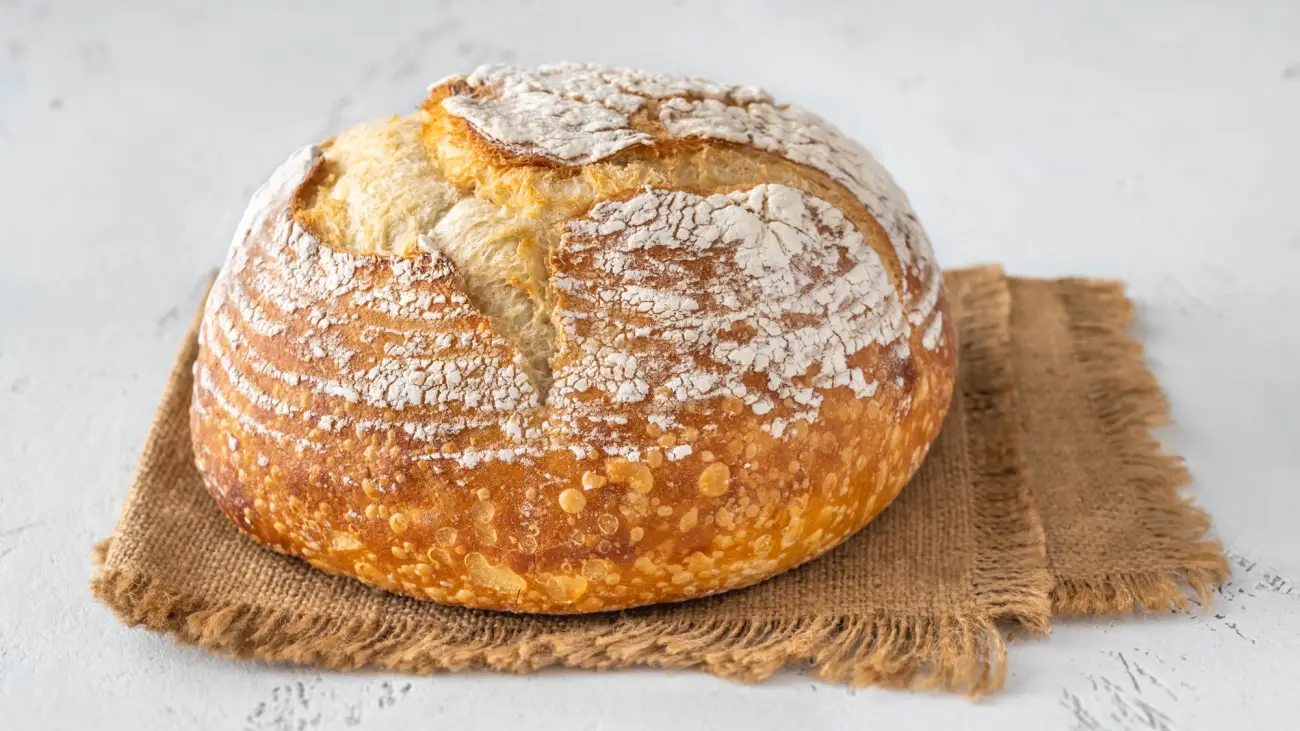
Conclusion
There is no absolute “best” starter or yeast: it all depends on the recipe you are making and the time you have available. Sourdough starter remains unbeatable for traditional holiday bakes, Levain is perfect if you want practicality without giving up flavor, Biga enriches modern breads and pastries, while fresh yeast is the ideal choice for quick preparations.
My advice is to experiment and choose, each time, the starter that best fits your recipe. For more details, you can explore the dedicated guides here on BiancoLievito: Sourdough Starter, Levain, Biga & Poolish, How to Make Bread.
